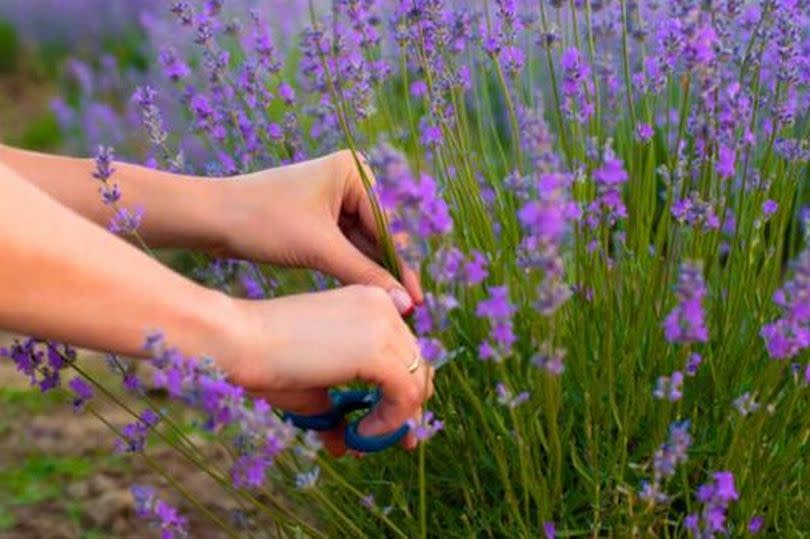Gardening expert shares how to prune lavender and perfect time

Lavender, known for its stunning blooms and delightful fragrance, is a garden favourite due to its low maintenance. However, pruning it at the correct time is crucial for a vibrant summer display. The best period for trimming lavender is typically late summer or early autumn, right after the plant has finished flowering.
But if you've missed that window, May is also a suitable time to prune, just before the blooming season kicks off. Online gardening expert Michael Griffiths, also known as The Mediterranean Gardener, advises: "If you missed pruning your lavender in late summer or it is looking untidy or has frost damage, now in mid to late spring when the new growth appears is the perfect time to prune."
Pruning lavender is vital to avoid the plant becoming woody or spindly, which can result in fewer flowers. Regular pruning, at least annually, is necessary to maintain a lush appearance. Michael explains: "No one wants lavender that becomes leggy or twiggy because you didn't prune it in the right way at the right time," reports the Express.
READ MORE Leicester's most confusing junction 'now more confusing' say angry residents and traders
How to prune lavender
It is incredibly easy and quick to prune lavender properly as long as you use a sharp clean cutting tool and make sure not to cut more than two-thirds back, otherwise, the plant can struggle to grow again.
Michael said: “You can prune lavender as hard as you like, as long as you are not cutting into old wood and leave some new growth beneath the cutting point.”
It is important not to cut the stems too far down into the old wood, which is the more mature and thicker woody stems of the plant.
Old wood tends to flower less but provides structure to the plant, and cutting into it can cause the plant stress and greatly weaken it. It can lead to your lavender plant not producing flowers again or can even kill the plant.
According to Michael, you will be able to “really easily” tell what part of your lavender plant is old wood as it will be “this brown stuff down here with this almost white foliage” while the new growth which you can cut will be “bright green”.

 Yahoo News
Yahoo News 
